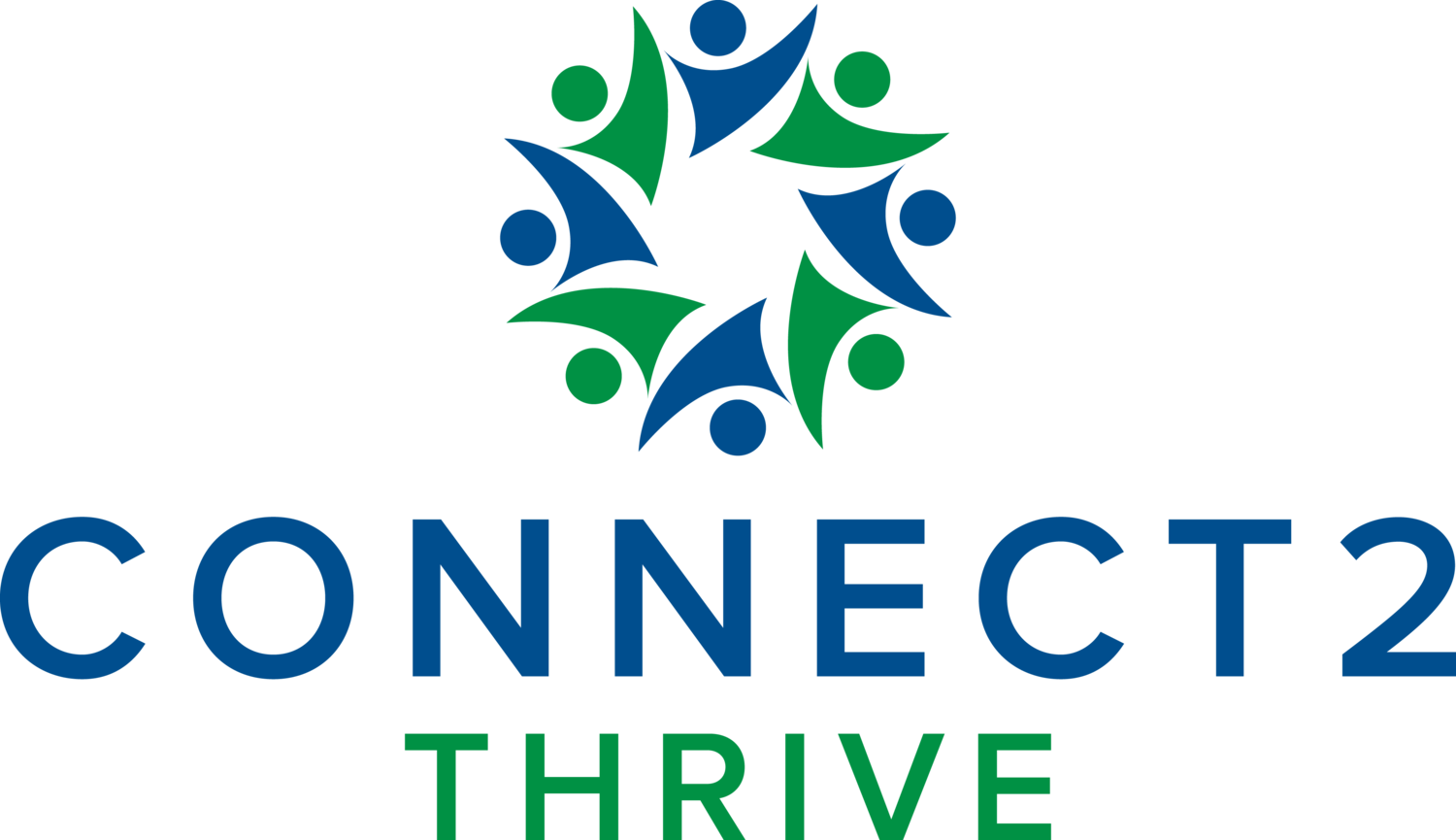What is DBR and How Does it Work?
Deep Brain Reorienting (DBR)® aims to access the core of the traumatic experience in a way which tracks the original physiological sequence in the brainstem, the part of the brain which is rapidly online in situations of danger or attachment disruption. There may be threat and attachment wounding together when, for example, an experience of abandonment in infancy activates age-appropriate fears for survival.
Shock is a physiological and neurochemical process that is always present at the “moment of impact” of trauma or emotional wounding. Unfortunately, it is notoriously difficult to treat, and often acts as a barrier to healing. When the shock of trauma, loss or deep emotional pain is untreated, the injury is unable to heal and the experience remains unprocessed. Deep Brain Reorienting (DBR) is the first therapy to target shock and has been transformational in trauma treatment.
DBR is a type of somatic psychotherapy, which is class of therapies that take a nervous-system based approach to treatment. Somatic psychotherapies are rooted in the understanding that the body stores information in many ways, including non-linguistic forms. Whereas cognitive and analytical psychotherapy approaches often reveal the narrative that our analytical mind has created, somatic techniques engage and work with the felt-sense, directly accessing the raw body sensations. DBR focuses on the way the experiences of shock and horror are stored in parts of the brainstem and uses specific interventions to help the body and brain processes and clear those “muscle memories” so that the trauma can heal.
Dissociative disorders may arise from early life separation experiences experienced as painful and unresolved, even when there has been no later abuse. The pain of aloneness may be an internal driver of defensive and affective responses and may thus contribute to difficulties in connecting to or regulating emotions. Any such difficulty may lead to efforts to control distress through substance abuse, eating disorders, or self-harm – or it may be expressed through troublesome anxiety or mood disturbance. It is not so much the clinical presentation which is important for DBR – but whether there is an underlying event or experience at the origin of the distress.
The Neuroscience of Deep Brian Reorienting
DBR leverages recent neuroscience insights into trauma and the brain’s structure, particularly the brainstem and limbic system. Trauma can hijack these regions, activating fight, flight, or freeze responses even in non-threatening situations. DBR helps recalibrate these areas by targeting the deep parts of the brain, especially those responsible for emotional processing and survival instincts. Through this recalibration, clients learn to feel safer within their bodies, reducing anxiety and cultivating a sense of calm. By focusing on sensations in the body, DBR taps into stored memories that the brain may not consciously access.
DBR gently retrains the brain to process and release trauma through a natural re-orientation of deep brain pathways, much like slowly tuning a dissonant instrument back to harmony.
